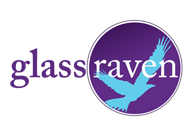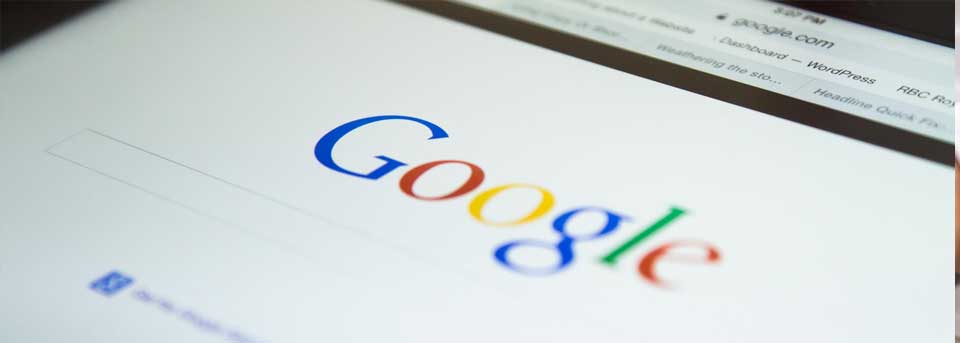Search engines are one of the primary ways that internet users locate websites and this is why SEO is so important. If someone searches for a phrase related to your business, and your website is not displayed on the first page of results then your chances of getting visitors to your website are severely reduced.
In this non technical guide we hope to guide you through the basics of SEO and how to use it to improve your websites rankings.
All About Search Engine Optimisation
A Non Technical Guide
There are thousands of millions of websites on the internet today, and of all these only a tiny portion are ever viewed. Why? Because people are unable to find them all. To locate a website you either need to have the web address already, or follow a link, or use a search engine – if your website cannot be accessed in one of these ways then people will not view it.
Most people could design a webpage themselves, but there’s a very good reason to get professional help. Other than the purely visual reasons, a professional can provide Search Engine Optimisation (SEO). Without this your website may become one of the thousands rarely viewed by the public eye.
Search engines are one of the primary ways that internet users locate websites and this is why SEO is so important. If someone searches for a phrase related to your business, and your website is not displayed on the first page of results then your chances of getting visitors to your website are severely reduced.
So What is SEO?
Quite simply, Search Engine Optimisation is creating a website that a search engine can properly read and index. It is generally done so that it will rank highly in the search engine results for certain phrases.
You may have heard about SEO before and believe that it is all connected to meta-tags (the hidden information embedded in the website code which provides information about the document and its content). This is just the tip of the iceberg, and there is some dispute about whether certain meta-tags actually do more harm than good to website rankings as they shift the important website content down in the code.
The main meta-tags in use are the <keyword> and <description> tags.
The keyword tag has been very widely abused in the past by web developers – it was designed to be used by search engines to make pages easier to search. However, very little emphasis is placed on this tag nowadays, with only small search engines making any use of it. The best advice is to put your main keywords and phrases into this tag, keeping it brief and to the point, and avoid repeating the same word over and over again (limiting it to a maximum of 5 occurrences if it is necessary to repeat at all). Most importantly – do not include words that are not relevant to your website!
The description tag provides the search engines with a short synopsis of your webpage. A maximum of 250 characters will be displayed so again keep it brief and to the point. It has no effect on your search engine rankings and not all search engines will use it, but it is useful to include for those search engines that will display it on the results page.
So if it’s not all about meta-tags, what is it about? Well the answer is simply – content! Optimising your website content should be made a top priority when designing a website, from describing images to ensuring that the targets the phrases that people will be searching for your website using. This is the key to ranking well in search engines.
How do I optimise my website content?
Keywords and phrases
The first thing that you need to decide is what keywords or key-phrases you wish to target. These are the phrases that people will be able to use in the search engines in order to find your website easily. The more targeted the key-phrase, the more likely you are to rank highly for it as there will be less competition. At the same time, fewer people will be searching for the phrases, though these people will be more likely to click through to your website as it will be more specific to what they are searching for.
For example, ‘baby clothing’ had 84,463 searches in March 2004, and a google.com search located around 5,910,000 webpages. In contrast ‘organic baby clothes’ had 600 searches in March 2004, with the search on google providing 116,000 webpages. Traffic to a website from the more specific key-phrase would be more targeted and so the visitor is more likely to actually stay and browse the site.
So choosing the right key-phrases for your business is the most important factor in starting to optimise your website for the search engines. A useful resource for judging popularity of key phrases is the Overture Suggestion Tool, simply type in a word or phrase and see how many hits it received in the last month (this is only a guide – it is not definitive for all search engines!). Or a service such as Wordtracker – where you can type word(s) relevant to your business and it will display phrases that include those words. Select a phrase and you will be shown the number of competitors sites for that phrase and the average number of hits it has per month.
Different phrases can be used and targeted on different pages of the site, ideally 1 – 3 phrases per page – depending on the length of the page. This key-phrase should then be included in the <title> tag of the page – which is the title that is displayed at the top of the screen that tells users what your page is about (and also the information that is bookmarked if someone adds the website to their favourites list). Ideally have a key-phrase at the start of the title tag, as it gains most emphasis there.
Text and Formatting
Use your phrases within your main website content – ideally they should be repeated around 3 times on the page. And keep the most important content at the top of the page. Search engines give most significance to the content found first on the page. And make use of font formatting – BOLD text is given more significance than standard, so highlight those key-phrases.
Ensure that all information is displayed in text format. Images look nice to your viewers but a search engine cannot read them. The same is true of links – ensure that text based links are used – if your navigation is image based then ensure that there are also text links on the page in order for the search engines to be able to navigate your site. A site-map that lists all the pages in your website can be a useful tool for SEO.
Links and Images
Ensure that all links are descriptive. If you were running a handmade wedding stationery business for example, to link to a page that is being optimised for the phrase ‘handmade wedding stationery’, do not simply say ‘for more information on our wedding stationery range please click here’. The words ‘click here’ do not tell a search engine anything about the page it is about to visit. Highlight your phrases to link through to the page within your site, for example; ‘we produce a wide range of handmade wedding stationery for your big day’.
Where images or photos are used ensure that a description of the image is used in the ‘alt tag’ (part of the HTML code attached to the image). Following on from the example above, a photo of a wedding invite could have an alt tag that simply said ‘wedding invitation’. However, a more descriptive and useful way to write this would be ‘wedding invitation from our range of handmade wedding stationery, designed to suit your colours and themes’. This way you can add in one of your key-phrases into the alt tag as well as describing the image in some more detail and giving the search engine more to go on.
This is doubly important from the viewpoint of users with text only browsers, where the viewer will not see the image at all, or users who have images turned off as standard but can choose to view if they wish.
And finally – make sure that you have plenty of incoming links to your website. This will not only drive more visitors to your website but will also help boost your search engine rankings.
About the Author
This article has contained a few hints, tips and examples about Search Engine Optimisation, with the focus on the non technical aspects. There is a wealth of further information on SEO available on the internet – with many sites dedicated to the subject – and we’ve covered various topics here – take a look through the other articles.
If you have any questions about improving the SEO on your website please do get in touch!

